Before inspecting or servicing any water heater, first shut off its power. This means hitting the switch on your circuit breaker and cutting off its gas source.
Before performing any tests on a thermocouple or gas valve, ensure the pilot flame is blue and verify its ventilation system has no obstructions and sufficient air supply.
For professional water heater inspections, safety checks, and repairs, visit PlumbTech Plumbing and Heating’s water heater repair services at: https://www.plumbtechplumbingandheating.com/water-heater-repair/.
Pilot light issues
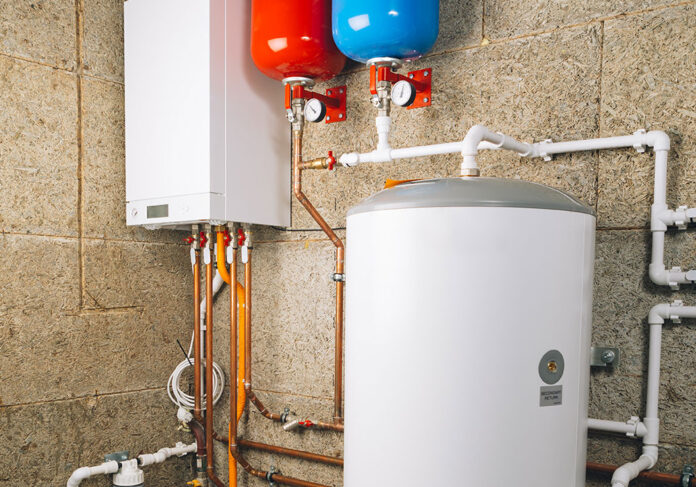
Many older and cheaper gas water heaters utilize a pilot light that ignites the main gas supply to the unit. If this pilot flame goes out or won’t stay lit, it could indicate low gas pressure, an issue with its control valve, or perhaps its pilot burner orifice is too small.
If it has become blocked with dirt and debris, refer to the manufacturer’s instructions to determine what size this orifice should be.
Alternately, your thermocouple needs to be more aligned and bent; not sensing the pilot flame would cause its safety mechanism to shut off gas flow to your unit. After turning off both power and gas for your device, carefully clean off each end with emery paper before switching it back on again.
Thermocouple issues
If your gas water heater’s pilot light won’t stay lit, you may need to replace its thermocouple. The thermocouple is attached to the end of a pilot valve solenoid inside the gas valve, and senses heat from flame when the white/red knob is pushed down.
Once no longer sensing heat, it sends an electrical current to the gas valve, which causes it to think that the pilot has stopped the gas flow altogether.
Replacing a thermocouple is straightforward and can be completed at home with wrenches, screwdriver, and sandpaper. Cleaning it every six months is highly recommended to remove soot and dirt build-up accumulating on it over time.
Thermostat issues
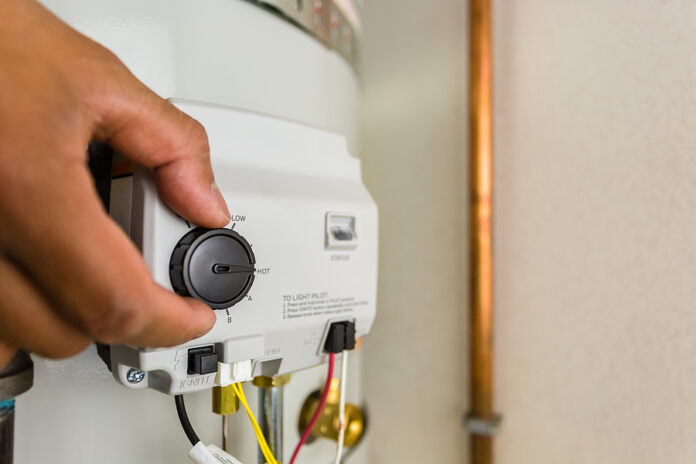
Gas water heaters do an incredible amount of work behind the scenes to supply you with hot, clean water daily, but unfortunately, things can sometimes go awry. It could be something as minor as a draft or gas supply disruption causing your pilot light to go out or something more serious, such as malfunctioning thermocouples that prevent it from staying lit.
Before doing anything else, make sure that your water heater’s power has been turned off at its circuit breaker. Next, locate both upper and lower thermostats – they should be easy to identify as they feature red buttons you can press. Make sure these are working before replacing either with new thermostats.
If you’re unsure, call a professional for assistance.
Vent issues
All gas water heaters require air to function effectively, and once they have heated the gas, their exhaust fumes must be vented away from the home to ensure toxic combustion gasses don’t enter. Proper installation ensures this safety measure can be accomplished.
Venting is an integral component of your water heater and should be carefully reviewed on an ongoing basis. Smoke or carbon formations and combustion odors could indicate issues within your unit or an inadequate vent size, potentially signaling problems with its operation or improper placement.as
Most often, this issue can be quickly solved by turning off the water heater, gas supply and power, then unhooking a section of vent pipe from the water heater to check for blockages before unscrewing again and tightening it back together after clearing obstructions.
Noise issues
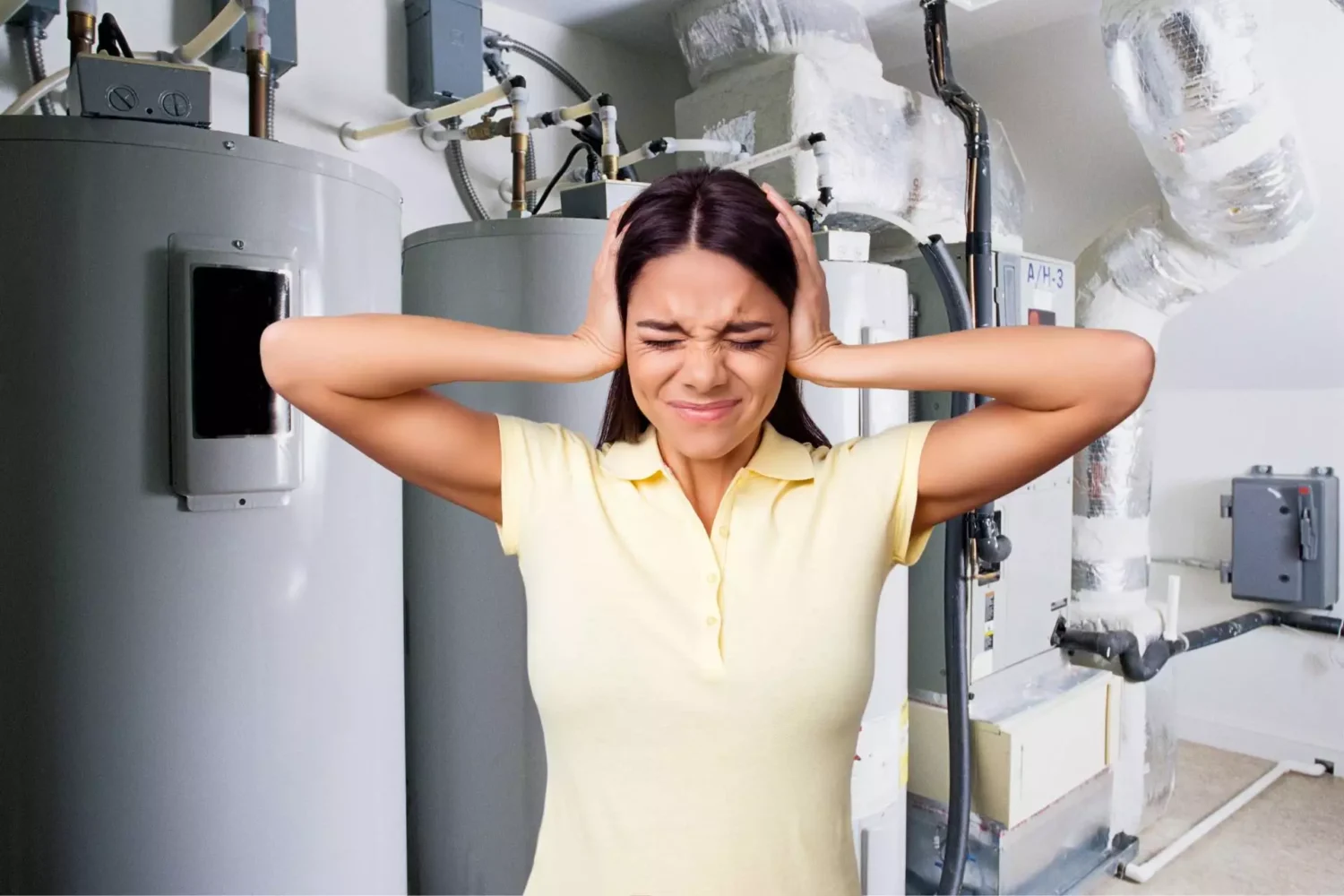
Water heaters can be noisy appliances. But don’t be alarmed by their strange sounds – most likely harmless or easily repairable solutions exist!
Crackling or hissing noises from an electric water heater are an expected part of its operation, although it could also be an indicator that something obstructing its heating element, like limescale build-up, is impeding on heating performance and needs to be cleared away or scraped off before further use.
Screeching noises should never be ignored and dealt with immediately as a warning signal for problems with your water heater. It could mean that water is boiling over or there’s a leak. In either case, it would be wise to pursue professional assistance as soon as possible; a technician will check the pressure valves, gas lines and other parts for issues.
Sediment Buildup
Sediment buildup in water heaters is a common issue that can significantly reduce efficiency and lead to operational noises such as popping or rumbling. This occurs when minerals in the water settle at the bottom of the tank over time. It’s pivotal to flush the tank periodically to remove this sediment. A comprehensive flush involves draining the tank, filling it with water, and then draining it again to get rid of any residual sediment. This process helps in maintaining the heater’s efficiency and longevity, reducing the risks associated with sediment accumulation, such as overheating and eventual wear and tear.
Pressure Relief Valve
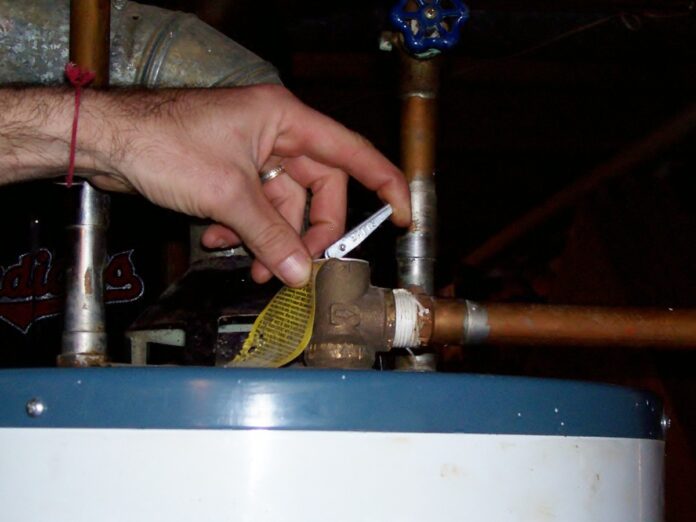
The Pressure Relief Valve serves a crucial role in maintaining a water heater’s safe operation. This component is vital for preventing excessive pressure buildup within the tank, which could otherwise lead to dangerous situations. Regular testing and maintenance of this valve are essential to ensure its proper functioning. This can be done by lifting the valve’s handle and letting it snapback; a proper functioning valve will allow a burst of water into the discharge drainpipe. Regular inspection and testing of the pressure relief valve are integral to prevent potential malfunctions, ensuring a safer and more stable operational environment for the water heater.
Gas Supply Check
Ensuring a consistent and correct gas supply to the water heater is essential. Problems in the gas supply can lead to issues with the pilot light and heating, causing inefficiencies and operational hiccups. It’s important to regularly inspect the gas supply lines and connections, ensuring they are secure and leak-free. Additionally, the pilot light should be checked to make sure it’s lit and functioning properly. Addressing gas supply issues promptly can prevent more substantial complications, enabling the water heater to operate seamlessly and efficiently.
Age of the Water Heater
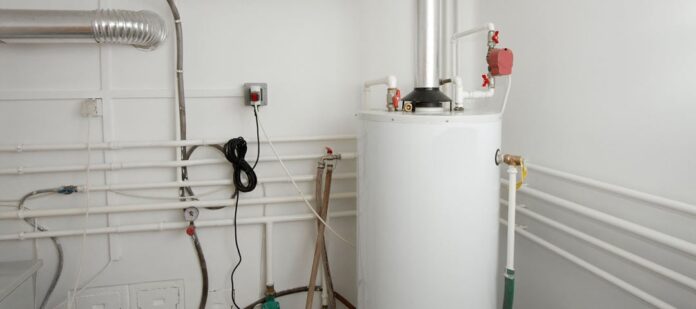
The age of the water heater can significantly impact its performance. As the unit ages, it may experience more frequent issues and inefficiencies, leading to higher operational costs and maintenance requirements. It’s advisable to consider the replacement of the unit, especially if it’s old and frequently encountering problems. Modern, newer models are generally more energy-efficient and reliable, providing a worthwhile investment for those struggling with outdated, less efficient units.
Regular Maintenance Schedule
Establishing a regular maintenance schedule is fundamental in ensuring the optimal performance and longevity of water heaters. This should include tasks such as checking the pressure relief valve, inspecting the anode rod, draining the tank to remove sediment, and checking for leaks and corrosion. A systematic approach to maintenance allows for early detection and resolution of potential issues, maintaining the unit’s efficiency and preventing unexpected breakdowns. By adhering to a consistent maintenance schedule, homeowners can ensure the reliable operation of their water heaters, extending the unit’s lifespan and enhancing its performance.





![Calgary’s Hottest Neighborhoods for Luxury Homebuyers [2024]](https://thewashingtonote.com/wp-content/uploads/2024/04/Calgary-324x160.png)



